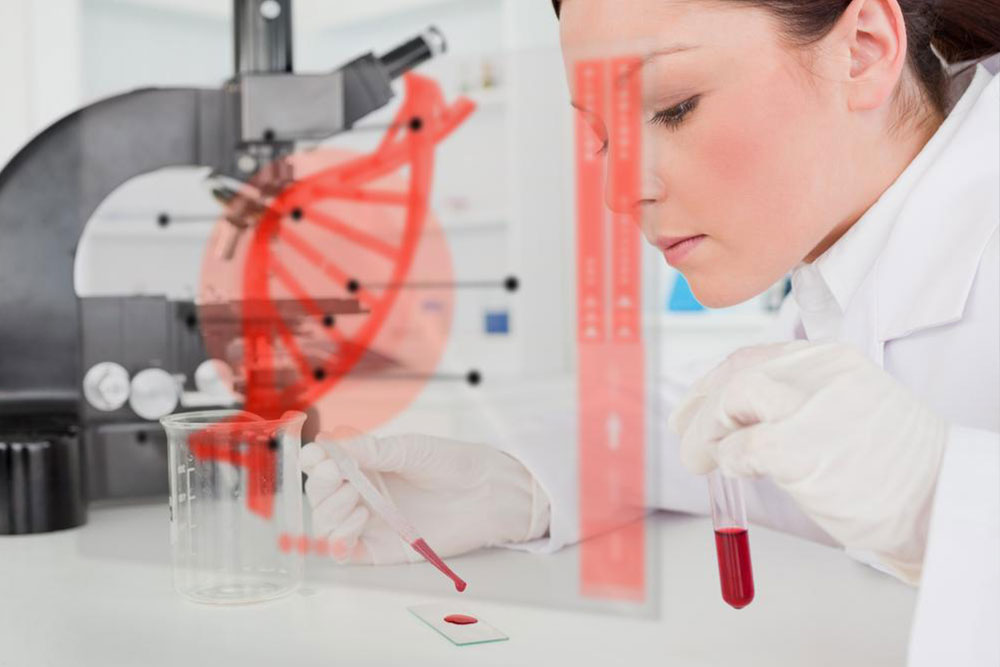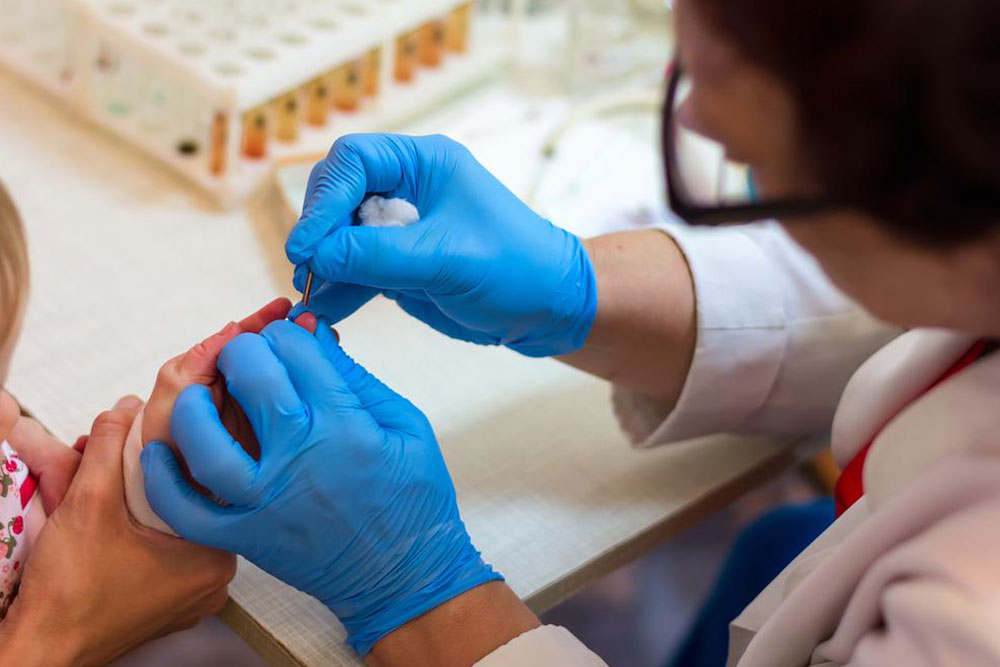A Complete Overview of the Hemoglobin A1C Blood Test
This article provides an in-depth look into the Hemoglobin A1C test, explaining its purpose, costs, and importance for early diabetes detection. It emphasizes who should consider testing and how the results can guide management strategies, making it a useful resource for anyone at risk.

A Complete Overview of the Hemoglobin A1C Blood Test
What is the Hemoglobin A1C Test?
The Hemoglobin A1C test evaluates your average blood sugar levels over the previous 2 to 3 months by examining your red blood cells. Because these cells renew every few months, this test provides a long-term view of glucose management. It helps detect the risk of developing diabetes early and assists in determining the appropriate diagnosis, enabling timely intervention and better health management.
Cost of the A1C Test
The cost varies by location and healthcare provider. Typically, prices range from $30 to $50, although some clinics may charge around $100. Checking local options can help determine precise pricing in your area.
Without insurance: Expect higher expenses, often around $100 per test, with multiple tests potentially reaching $1500, especially for ongoing monitoring.
With insurance: Many insurance plans cover the test, lowering out-of-pocket costs. However, coverage varies, so it's advisable to review your policy for details.
Application of the Hemoglobin A1C Test
The test measures glycated hemoglobin, formed when glucose binds to hemoglobin in red blood cells. It provides an estimate of blood sugar control over recent months. Besides diagnosing diabetes, it can identify prediabetes early, enabling prompt lifestyle adjustments to prevent progression.
Who Should Consider Testing?
Early detection of diabetes is vital as it is a lifelong condition. Those at higher risk, such as individuals with obesity, should undergo testing. Overweight individuals and those with a family history of diabetes should also consider testing, as genetic and lifestyle factors significantly influence risk. Detecting elevated blood sugar early allows for interventions to avoid or delay complications.


